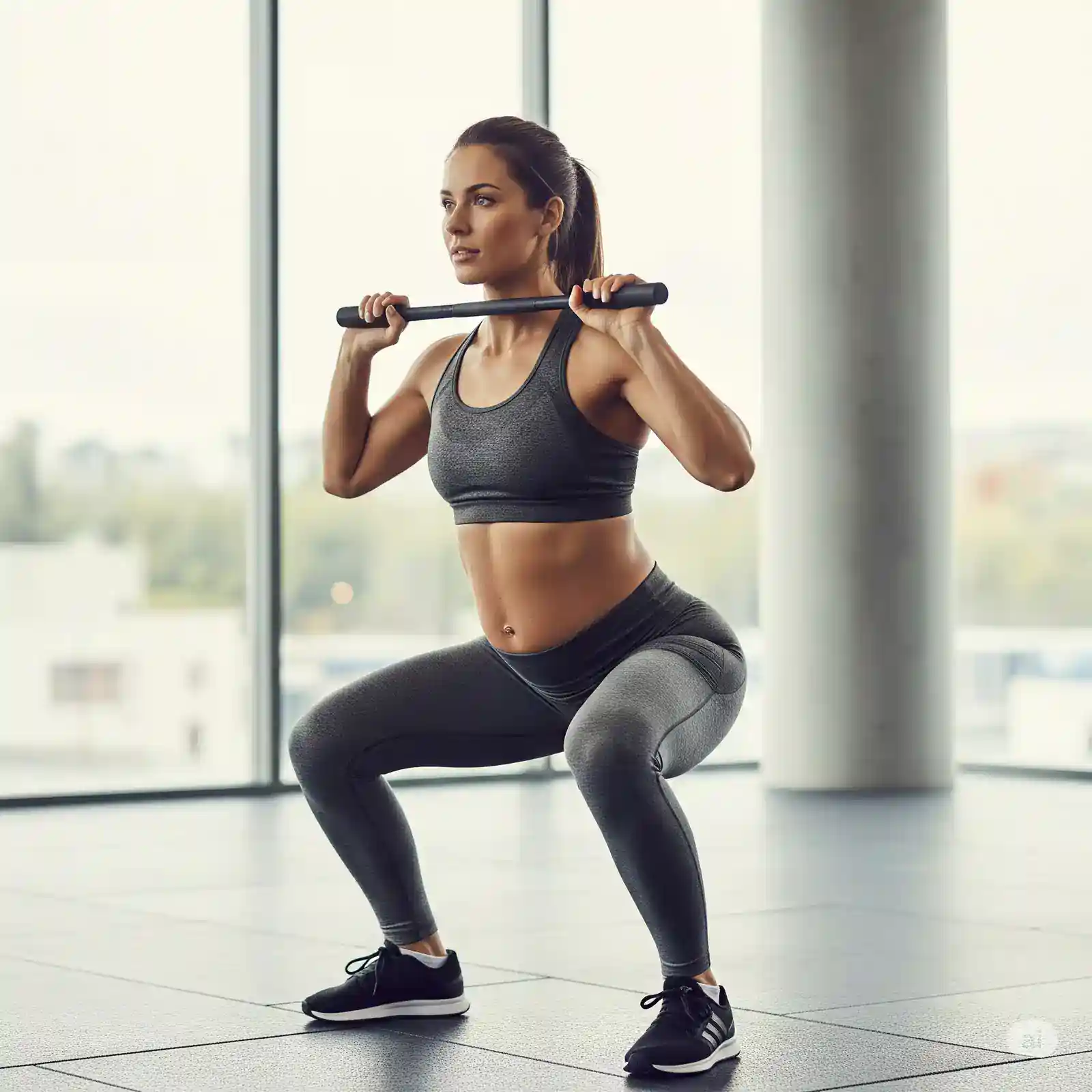Complete Guide to Postpartum Pilates Fundamentals

Embarking on your postpartum Pilates journey marks an exciting step in your recovery process. This comprehensive guide will help you understand the fundamental principles of postpartum Pilates, ensuring a safe and effective recovery journey that respects your body's needs.
Key Takeaways:
- Understanding the core principles of Pilates for postpartum recovery
- Essential breathing techniques for proper muscle engagement
- Basic movements safe for early postpartum period
- Important safety considerations and modifications
- How to establish a solid foundation for your Pilates practice
Understanding Postpartum Pilates Fundamentals
Pilates has emerged as a preferred exercise method for postpartum recovery, with recent studies (2024) showing that 85% of new mothers who practice Pilates report improved core strength and overall physical function within three months. The method's focus on controlled movements and proper alignment makes it particularly beneficial for postpartum recovery.
The Core Principles of Postpartum Pilates
The foundation of Pilates lies in six key principles that are especially important during postpartum recovery:
- Centering - Focus on engaging your deep core muscles
- Control - Maintain precise movement patterns
- Concentration - Stay mindful of your body's signals
- Breathing - Coordinate breath with movement
- Precision - Pay attention to proper form
- Flow - Create smooth, continuous movements
Essential Breathing Techniques
Proper breathing is crucial in postpartum Pilates. The lateral breathing technique helps protect your core while engaging the right muscles:
- Ribcage Placement - Place your hands on your ribcage
- Inhalation - Inhale through your nose, expanding your ribs
- Exhalation - Exhale through your mouth, engaging your deep core
- Alignment - Maintain neutral spine alignment
Basic Postpartum Pilates Movements
Safe Starting Positions
Begin with these fundamental positions that are safe for early postpartum recovery:
- Neutral Spine Position - Lie on your back with knees bent, maintain natural curve in lower back, engage deep core muscles
- Pelvic Tilt - Start in neutral spine, gently tilt pelvis to flatten lower back, return to neutral position
Fundamental Exercises
Start with these basic movements that focus on core engagement and proper alignment:
- Pelvic Floor Engagement - Practice gentle kegel exercises, coordinate with breathing, build endurance gradually
- Basic Abdominal Curl - Start in neutral spine, engage core before movement, lift head and shoulders slightly, maintain proper breathing
Safety Considerations and Modifications
Important Safety Guidelines
- Timing Considerations - Wait for doctor's clearance, start with gentle movements, progress gradually
- Warning Signs to Watch For - Pain or discomfort, increased bleeding, pelvic pressure, back pain
Common Modifications
- For Diastasis Recti - Avoid forward flexion, use support under head, focus on transverse engagement
- For C-Section Recovery - Protect incision site, use pillow support, avoid direct pressure
Building Your Foundation
Creating a Sustainable Practice
- Start Small - Begin with 5-10 minutes, focus on quality over quantity, build consistency
- Track Progress - Keep a movement journal, note energy levels, monitor recovery signs
Progress Tracking Tips
- Document your daily energy levels
- Note any discomfort or pain
- Track your breathing improvements
- Monitor core engagement quality
Frequently Asked Questions
Q: When can I start Pilates after giving birth? A: Most women can begin gentle Pilates movements 6-8 weeks after vaginal delivery, or 8-12 weeks after C-section, with doctor's approval. Always start with basic breathing and pelvic floor exercises.
Q: How often should I practice postpartum Pilates? A: Begin with 2-3 sessions per week, 10-15 minutes each. Gradually increase duration and frequency as your strength improves. Listen to your body and rest when needed.
Q: What equipment do I need to start? A: For beginners, a comfortable mat and small pillow for support are sufficient. As you progress, you might want to add a stability ball and resistance bands. Check out our postpartum Pilates equipment guide for detailed recommendations.
Next Steps in Your Journey
Now that you understand the fundamentals, consider exploring our progressive core workouts to build upon this foundation. Remember to practice consistently and listen to your body's signals throughout your recovery journey.
Would you like to share your experience with postpartum Pilates? Join our community discussion and let us know how these fundamentals are helping your recovery journey.